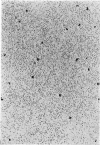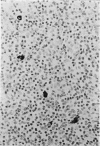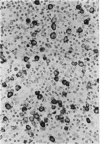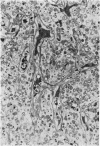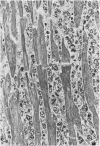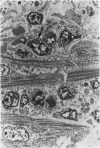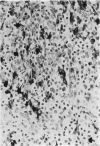Abstract
Eight patients with angioimmunoblastic lymphadenopathy have been studied by a variety of immunological and pathological techniques. They exhibited a spectrum of immunological reactivities that, in this small series, could be roughly correlated with survival. Those patients with relative B-cell predominance as shown by cell marker studies, histologically showed large numbers of plasma cells, and this pattern was associated in 3 of our patients with a survival of 3 years or more. T-cell predominance or both B- and T-cell depletion was associated histologically with large numbers of blast cells and eosinophils, but with few plasma cells. These patients responded poorly to therapy and had short survival times. One patient with B-cell predominance subsequently died of a histiocytic lymphoma.
Full text
PDF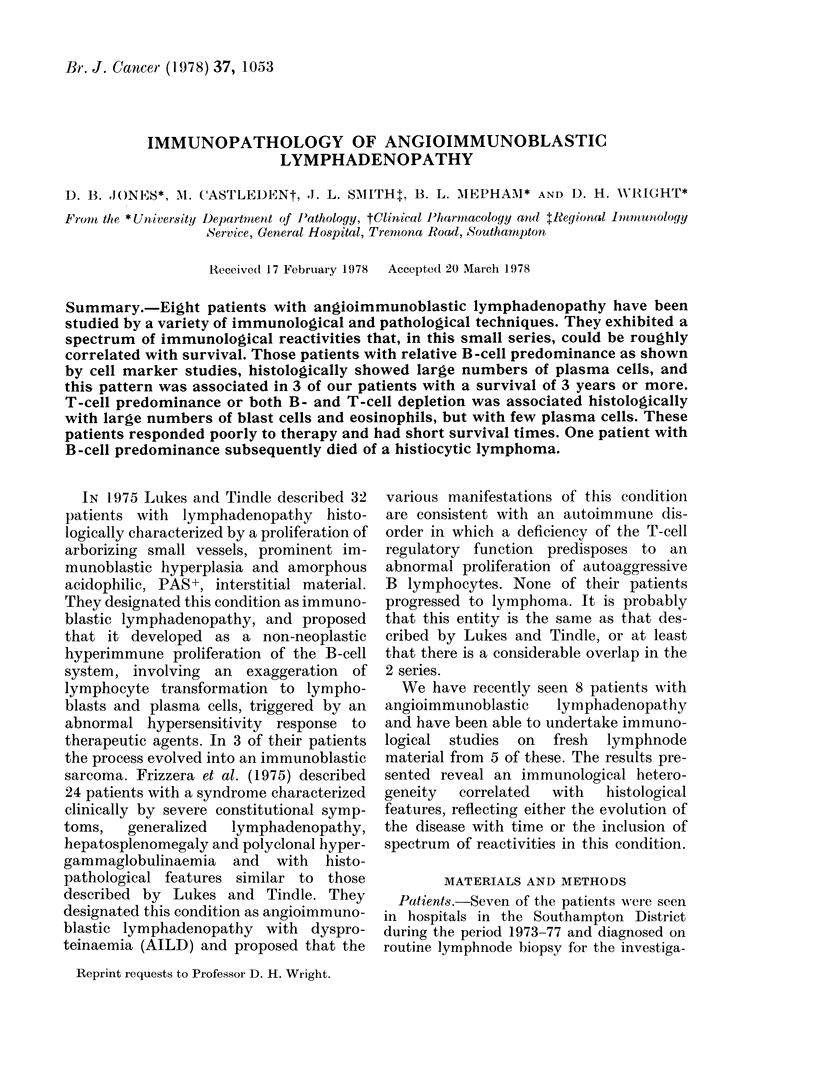
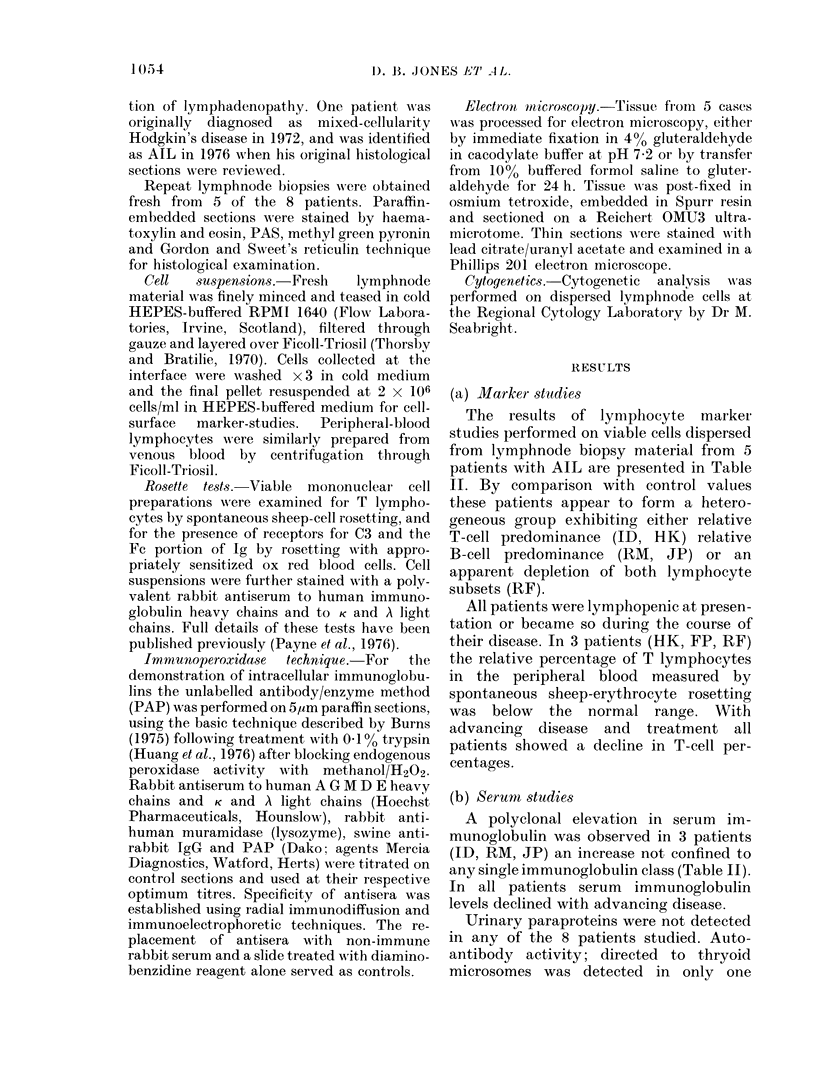
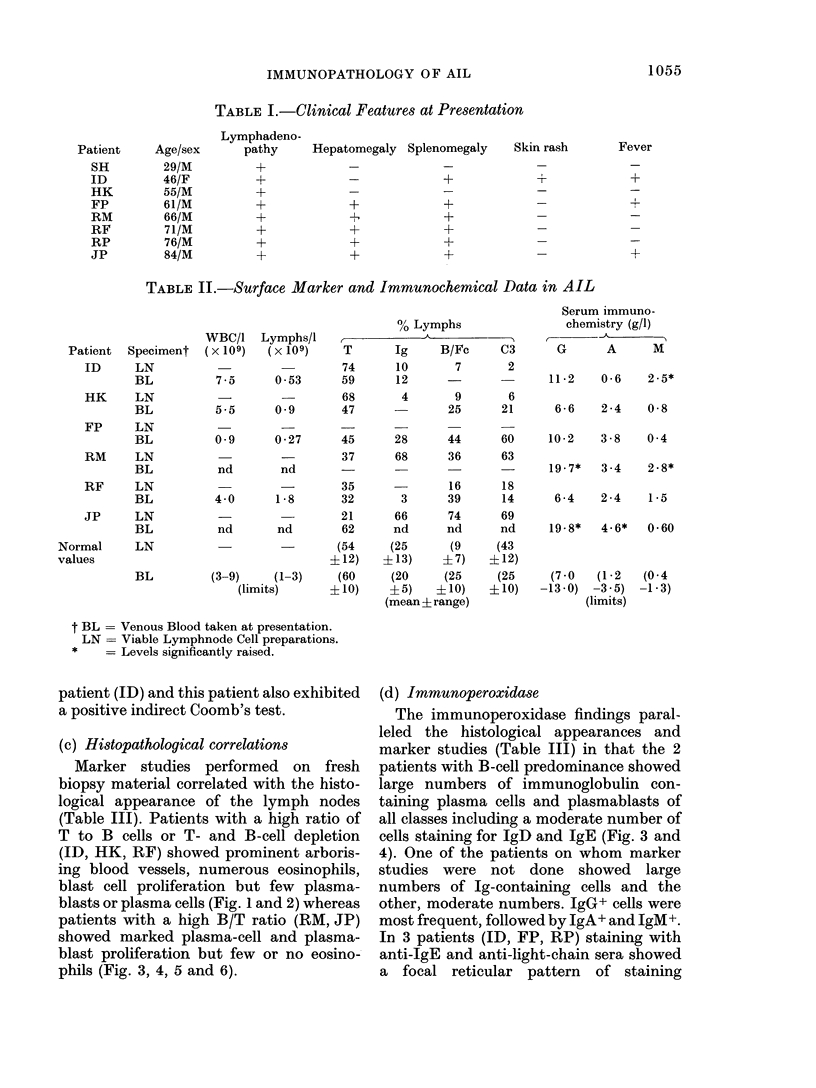
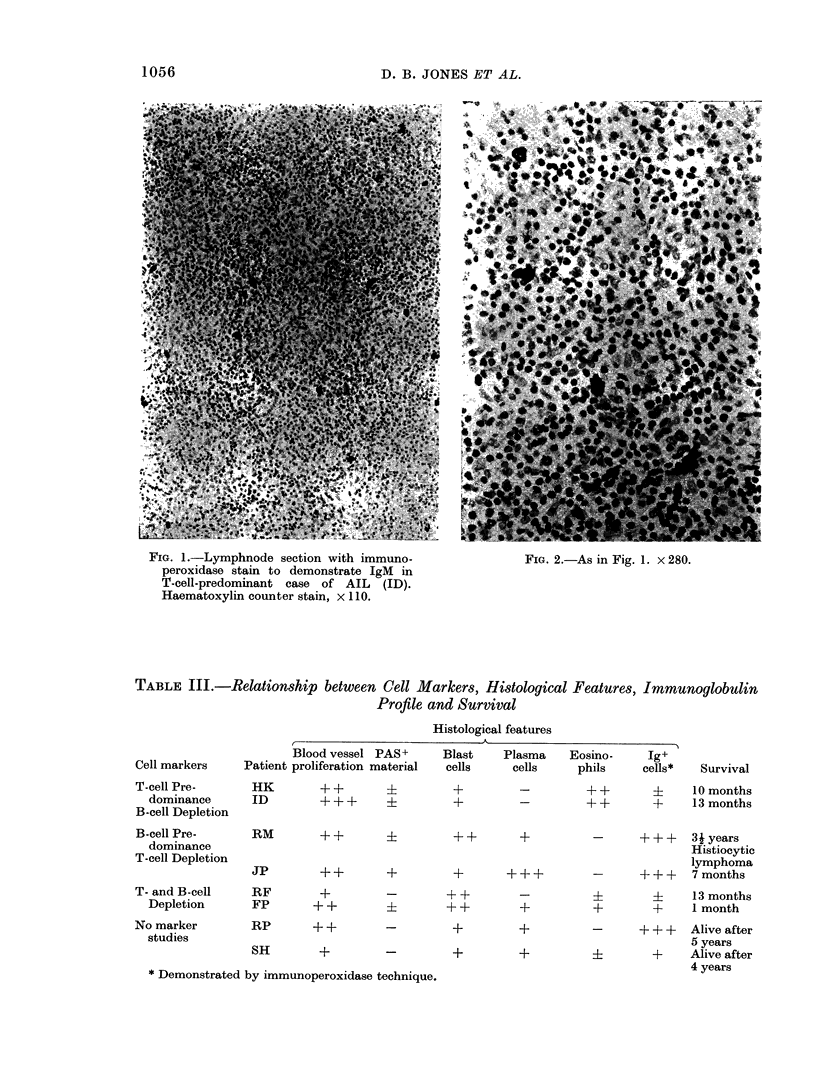
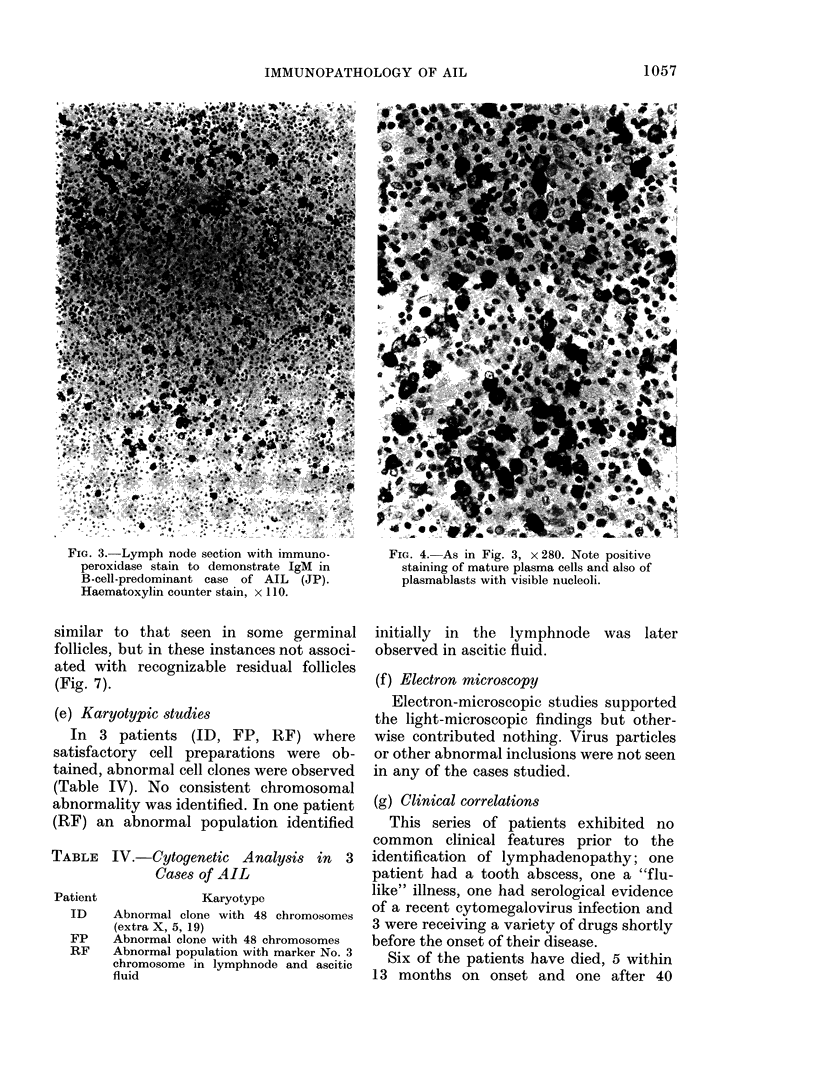
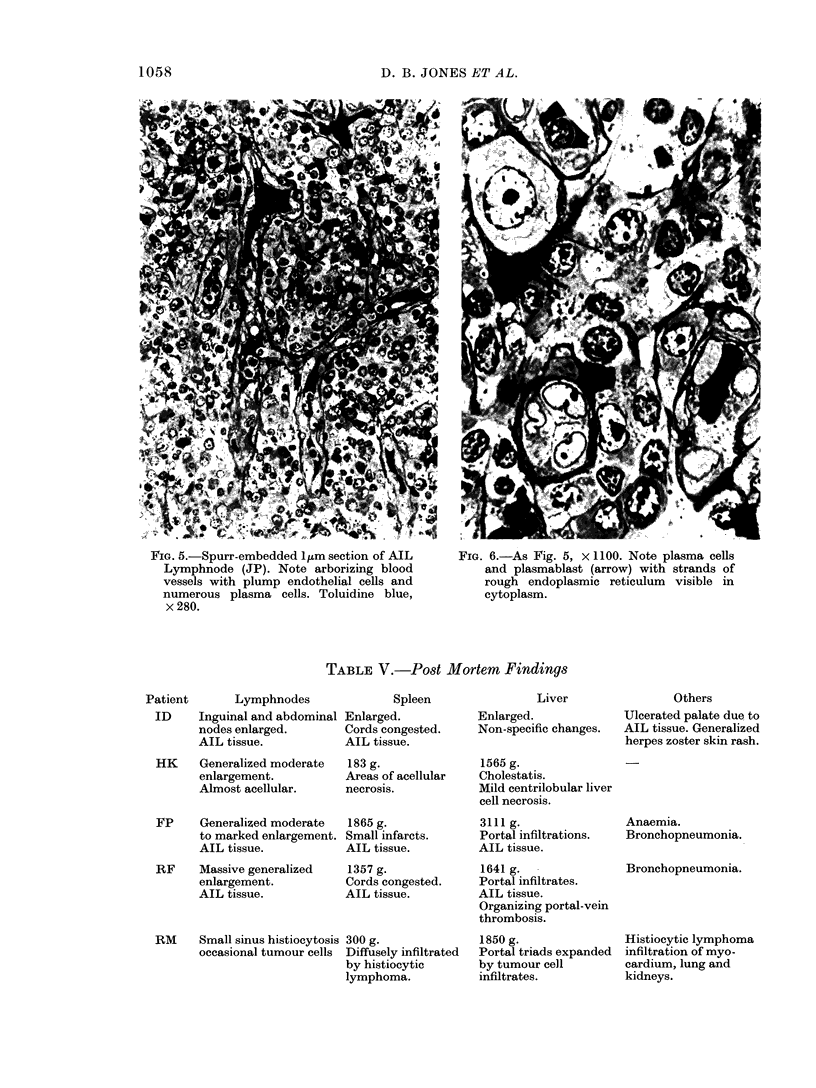
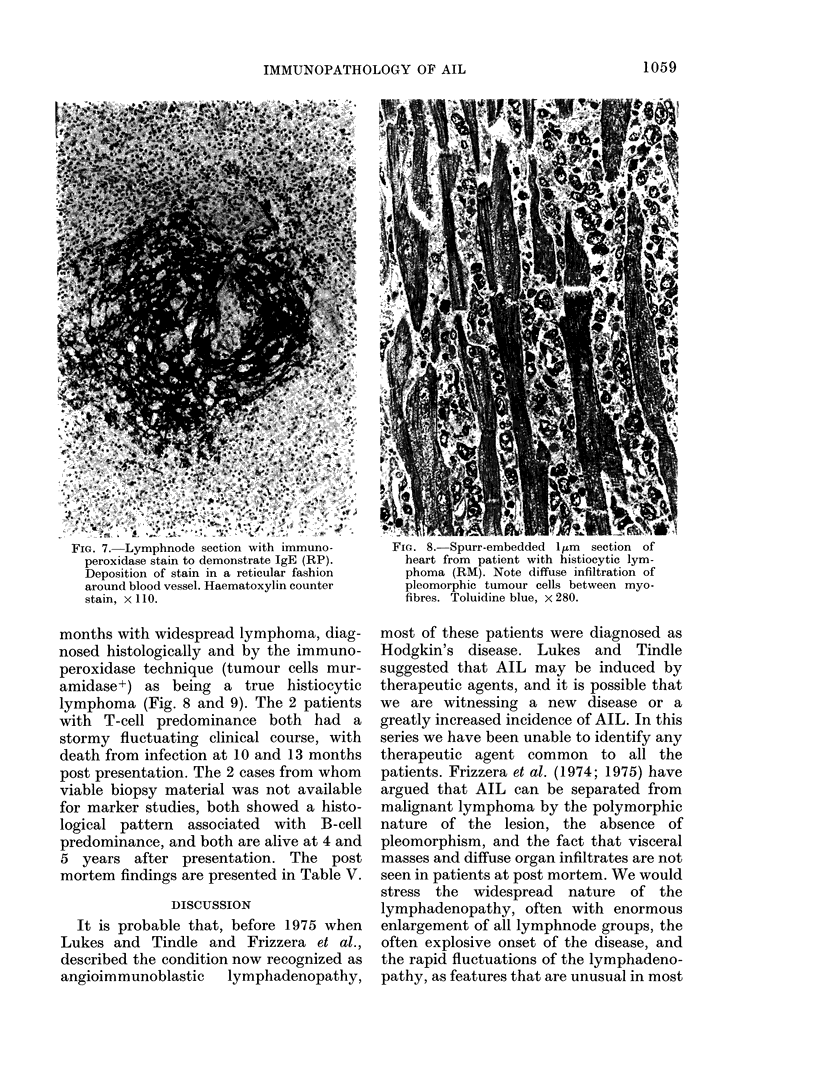

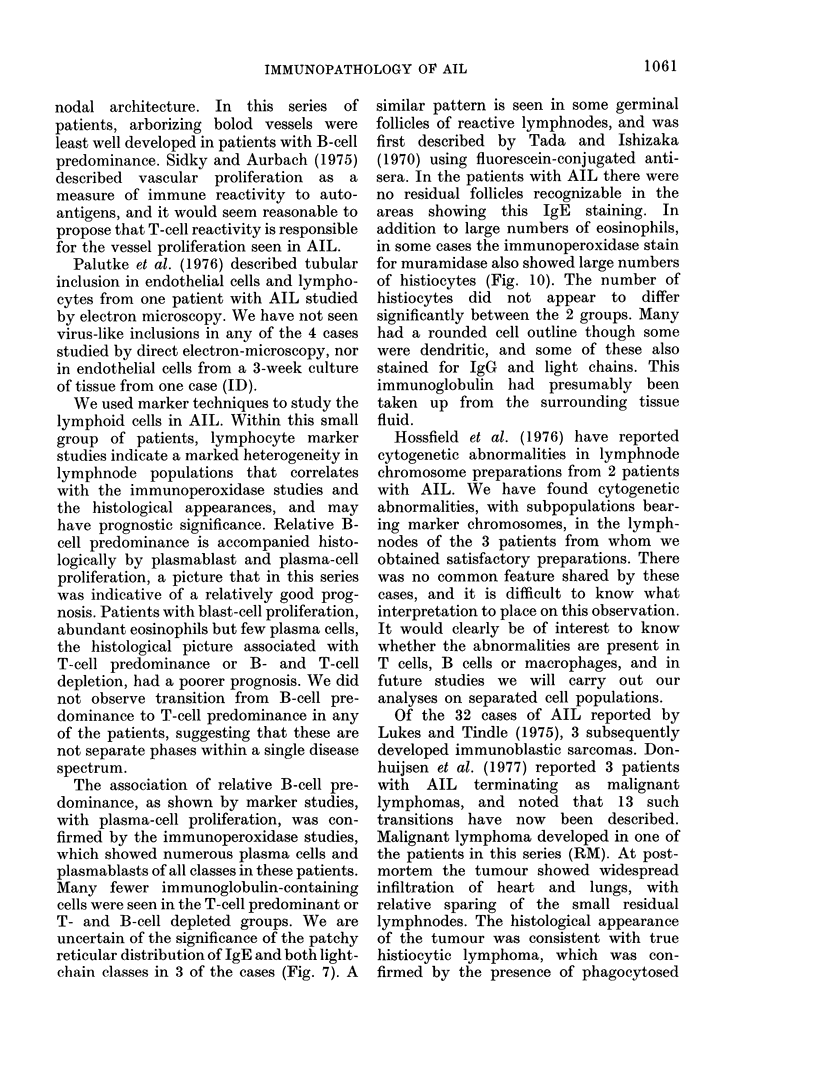
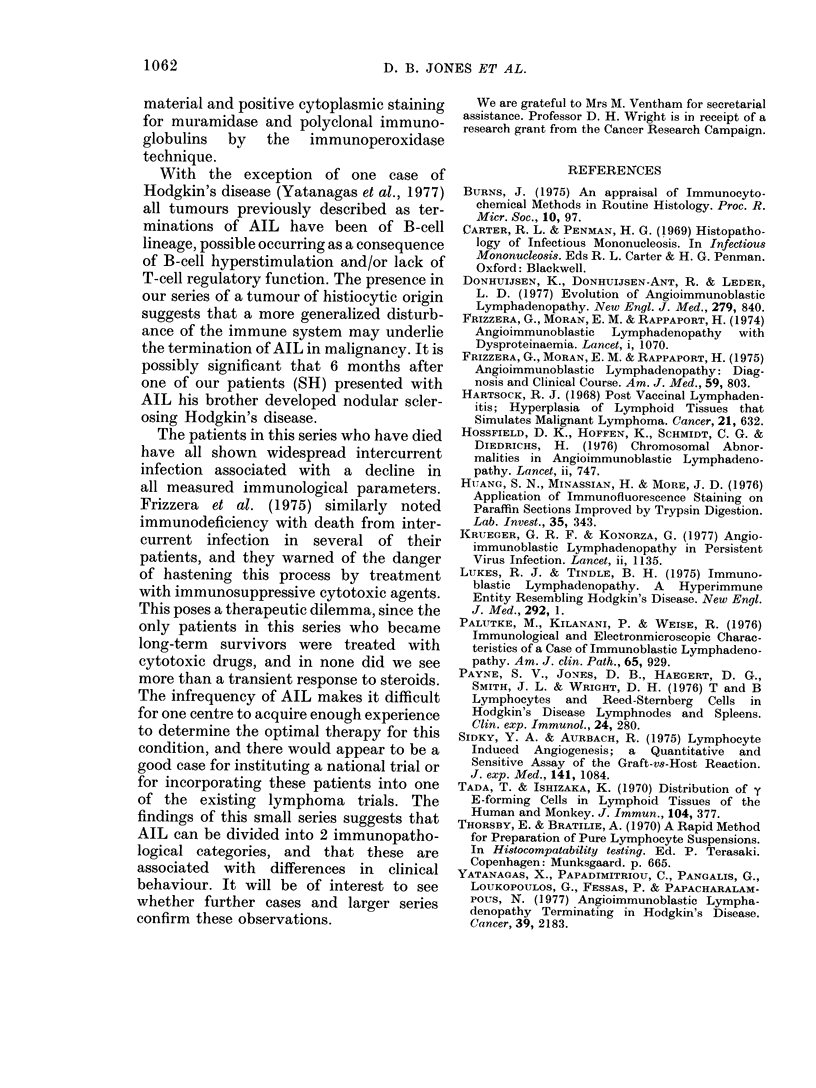
Images in this article
Selected References
These references are in PubMed. This may not be the complete list of references from this article.
- Bienenstock J., Johnston N. A morphologic study of rabbit bronchial lymphoid aggregates and lymphoepithelium. Lab Invest. 1976 Oct;35(4):343–348. [PubMed] [Google Scholar]
- Frizzera G., Moran E. M., Rappaport H. Angio-immunoblastic lymphadenopathy with dysproteinaemia. Lancet. 1974 Jun 1;1(7866):1070–1073. doi: 10.1016/s0140-6736(74)90553-4. [DOI] [PubMed] [Google Scholar]
- Frizzera G., Moran E. M., Rappaport H. Angio-immunoblastic lymphadenopathy. Diagnosis and clinical course. Am J Med. 1975 Dec;59(6):803–818. doi: 10.1016/0002-9343(75)90466-0. [DOI] [PubMed] [Google Scholar]
- Hartsock R. J. Postvaccinial lymphadenitis. Hyperplasia of lymphoid tissue that simulates malignant lymphomas. Cancer. 1968 Apr;21(4):632–649. doi: 10.1002/1097-0142(196804)21:4<632::aid-cncr2820210415>3.0.co;2-o. [DOI] [PubMed] [Google Scholar]
- Howarth C. B., Bird C. C. Immunoblastic sarcoma arising in child with immunoblastic lymphadenopathy. Lancet. 1976 Oct 2;2(7988):747–748. doi: 10.1016/s0140-6736(76)90049-0. [DOI] [PubMed] [Google Scholar]
- Krueger G. R., Konorza G. Angioimmunoblastic lymphadenopathy in persistent virus infection? Lancet. 1977 Nov 26;2(8048):1135–1135. doi: 10.1016/s0140-6736(77)90587-6. [DOI] [PubMed] [Google Scholar]
- Lukes R. J., Tindle B. H. Immunoblastic lymphadenopathy. A hyperimmune entity resembling Hodgkin's disease. N Engl J Med. 1975 Jan 2;292(1):1–8. doi: 10.1056/NEJM197501022920101. [DOI] [PubMed] [Google Scholar]
- Paulutke M., Khilanani P., Weise R. Immunologic and electronmicroscopic characteristics of a case of immunoblastic lymphadenopathy. Am J Clin Pathol. 1976 Jun;65(6):929–941. doi: 10.1093/ajcp/65.6.929. [DOI] [PubMed] [Google Scholar]
- Payne S. V., Jones D. B., Haegert D. G., Smith J. L., Wright D. H. T and B lymphocytes and Reed-Sternberg cells in Hodgkin's disease lymph nodes and spleens. Clin Exp Immunol. 1976 May;24(2):280–286. [PMC free article] [PubMed] [Google Scholar]
- Sidky Y. A., Auerbach R. Lymphocyte-induced angiogenesis: a quantitative and sensitive assay of the graft-vs.-host reaction. J Exp Med. 1975 May 1;141(5):1084–1100. doi: 10.1084/jem.141.5.1084. [DOI] [PMC free article] [PubMed] [Google Scholar]
- Tada T., Ishizaka K. Distribution of gamma E-forming cells in lymphoid tissues of the human and monkey. J Immunol. 1970 Feb;104(2):377–387. [PubMed] [Google Scholar]
- Yataganas X., Papadimitriou C., Pangalis G., Loukopoulos D., Fessas P., Papacharalampous N. Angio-immunoblastic lymphadenopathy terminating as Hodgkin's disease. Cancer. 1977 May;39(5):2183–2189. doi: 10.1002/1097-0142(197705)39:5<2183::aid-cncr2820390535>3.0.co;2-7. [DOI] [PubMed] [Google Scholar]



